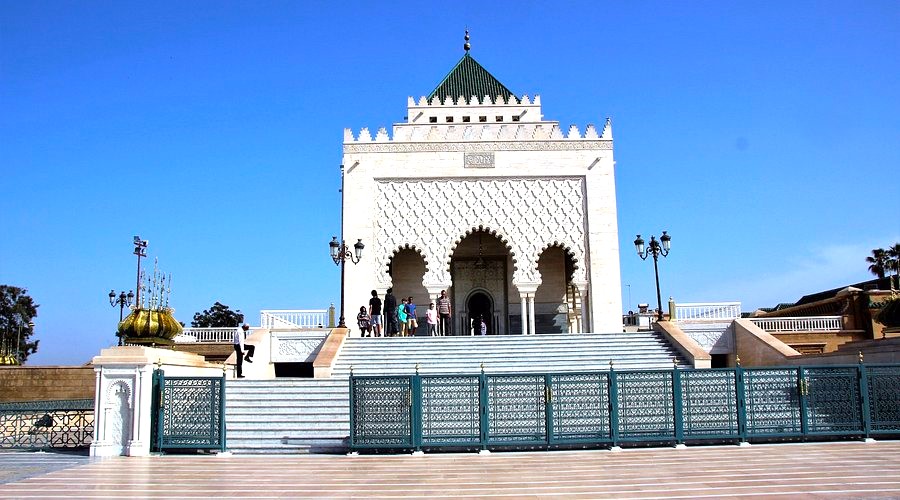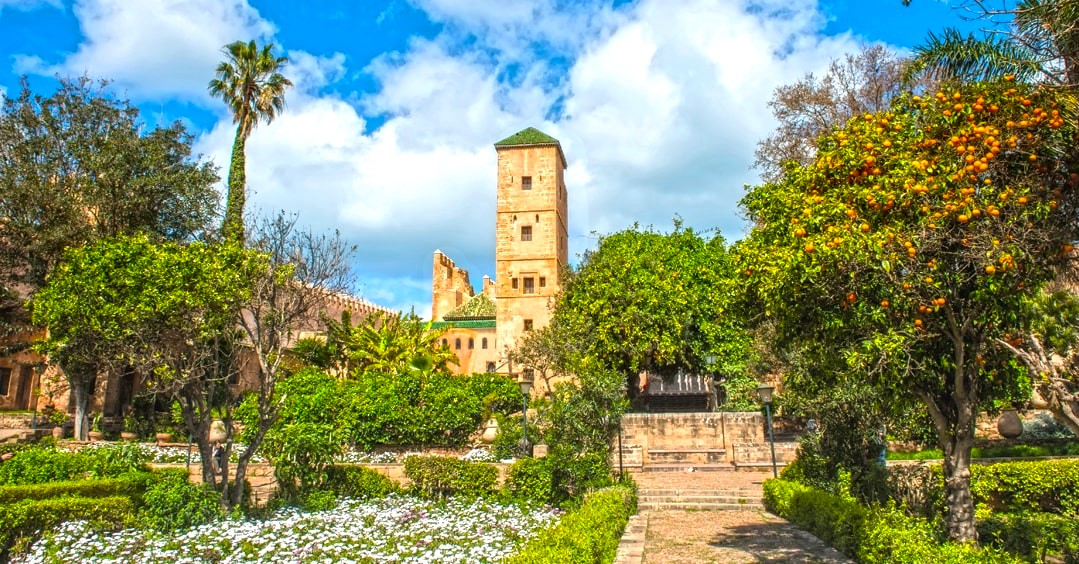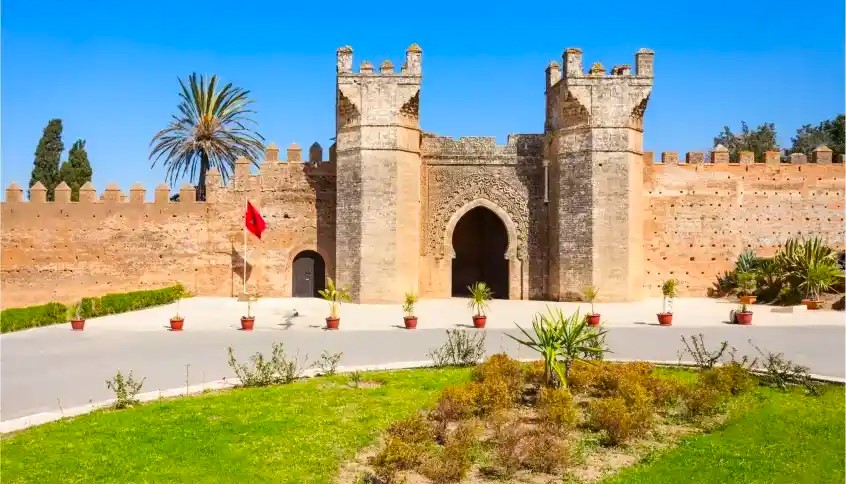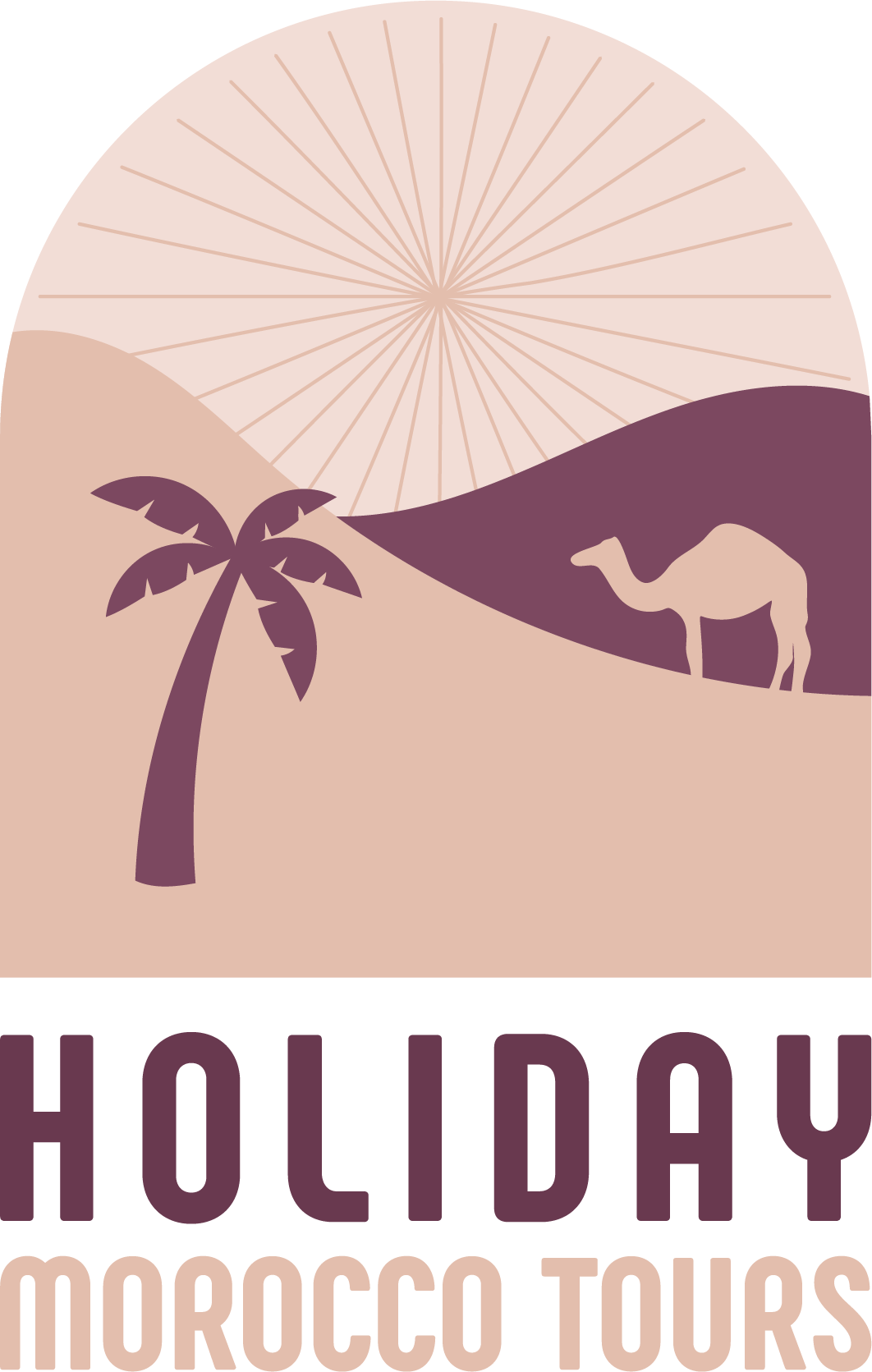Historic Monuments of Rabat: Morocco’s Imperial Capital Unveiled
Rabat, Morocco’s political and cultural heart, offers a different perspective on the nation’s imperial legacy. Known for its blend of modernity and history, Rabat seamlessly combines wide boulevards, contemporary institutions, and a medina filled with historic monuments that date back centuries.
Founded in the 12th century by the Almohad dynasty, Rabat quickly became a strategic military and religious center. Its location along the Atlantic coast allowed the city to flourish as a port and imperial capital, linking Morocco to trade routes across North Africa and Europe. Today, its monuments — from the Hassan Tower to the Kasbah of the Udayas, offer travelers a glimpse into the city’s past while highlighting its modern vitality.
Rabat’s historic sites are not frozen relics; they are living symbols of Moroccan culture, where tradition and daily life intersect. The Kasbah of the Udayas, with its blue-and-white streets, reflects centuries of Islamic and Andalusian architecture, while the Hassan Tower, a striking unfinished minaret, stands as a testament to the city’s imperial ambitions.
For travelers exploring Morocco’s imperial cities, Rabat provides a unique perspective — a city where history, governance, and culture converge, offering a sophisticated yet deeply traditional Moroccan experience.
The Birth of Rabat and Its Strategic Importance
The story of Rabat begins in the 12th century when the Almohad dynasty recognized the city’s strategic location along the Atlantic coast. They established a fortified settlement, which later grew into a thriving urban center serving as a military, religious, and political hub. For travelers exploring the historic monuments of Rabat, understanding this early foundation is essential, as many of the city’s most iconic sites date back to this period.
Rabat’s natural harbor allowed it to flourish as a trade and defense center, connecting inland Morocco with North Africa and Europe. The city’s name itself, derived from the Arabic word Ribat (meaning “fortified place”), reflects its historic role as a defensive stronghold. Over time, this fortress evolved into a city filled with historic monuments of Rabat, including minarets, walls, and kasbahs that still dominate the skyline today.
The Almohads envisioned Rabat as a symbol of imperial power and faith. They constructed the Hassan Tower, an ambitious minaret intended to be the largest in the world, and laid the foundations for the city’s enduring architectural legacy. While the tower was never completed, it remains a central landmark for anyone exploring the historic monuments of Rabat, a reminder of the city’s ambitious past.
In the centuries that followed, Rabat continued to grow under the Alaouite dynasty, who reinforced fortifications and expanded its palaces, mosques, and administrative buildings. Today, Rabat is not only Morocco’s political capital but also a treasure trove of historic monuments of Rabat, where visitors can trace layers of imperial history in every stone, archway, and courtyard.

The Hassan Tower and the Mausoleum of Mohammed V
No visit to Rabat is complete without exploring the Hassan Tower, the city’s most iconic landmark. Commissioned in the 12th century by Caliph Yaqub al-Mansur of the Almohad dynasty, the tower was intended to be the tallest minaret in the world. Although construction was never completed, the red sandstone structure, standing at 44 meters, remains a powerful symbol of Morocco’s imperial ambition.
Adjacent to the tower lies the Mausoleum of Mohammed V, a masterpiece of modern Alaouite architecture. Completed in 1971, it houses the tombs of King Mohammed V, his son King Hassan II, and other members of the royal family. The mausoleum’s white marble facade, intricate mosaics, and cedar wood interiors perfectly complement the historic significance of the nearby Hassan Tower. Together, these two monuments form the centerpiece of Rabat’s historic monuments, blending centuries-old Almohad vision with 20th-century Moroccan craftsmanship.
Visitors are welcomed by the serene esplanade, where the grandeur of the monuments is amplified by the open space and the view of the Bouregreg River. The Hassan Tower and Mausoleum not only commemorate Morocco’s past rulers but also serve as active cultural symbols, hosting ceremonies and national celebrations.
For travelers exploring Morocco’s imperial cities, the Hassan Tower and Mausoleum of Mohammed V provide a compelling introduction to Rabat’s imperial legacy. These landmarks highlight the city’s blend of historical ambition, royal prestige, and architectural innovation, making them essential stops on any journey through Morocco’s capital.

The Kasbah of the Udayas: Fortified Beauty and Riverside Charm
The Kasbah of the Udayas is one of Rabat’s most enchanting historic monuments, perched at the mouth of the Bouregreg River where it meets the Atlantic Ocean. Originally built in the 12th century during the Almohad period, the kasbah served as a fortress to protect the city from invasions and as a strategic naval base. Today, it offers visitors a perfect blend of history, architecture, and scenic beauty.
Walking through its narrow, blue-and-white streets feels like stepping back in time. The Medina of the Kasbah, with its flower-filled patios and centuries-old homes, preserves the traditional Moroccan urban layout, while providing stunning views of the river and ocean. Every corner reflects the architectural heritage of Morocco, from intricately carved doors to delicate tilework that tells the story of centuries of skilled craftsmanship.
The kasbah also houses the Andalusian Gardens, a serene oasis of fountains, orange trees, and fragrant flowers. These gardens provide a tranquil retreat from the city’s bustle and demonstrate how historic monuments of Rabat integrate both defensive and aesthetic functions.
For those exploring Morocco’s imperial cities, the Kasbah of the Udayas exemplifies the city’s strategic importance and cultural richness. It not only showcases Rabat’s military past but also highlights its evolution into a city that values beauty, leisure, and community. A visit here offers travelers a complete experience of Morocco’s historic legacy, from fortified walls to peaceful gardens and panoramic coastal views.

The Chellah Necropolis: Roman Ruins and Marinid Legacy
Just outside the heart of Rabat lies the Chellah, a fascinating site where history spans centuries of Roman, Islamic, and Moroccan influence. Originally a Roman settlement known as Sala Colonia, it later became a necropolis and fortified site under the Marinid dynasty in the 14th century. Today, the Chellah stands as one of the most evocative historic monuments of Rabat, drawing visitors into layers of Morocco’s rich past.
The Chellah’s landscape combines ancient ruins, medieval tombs, and lush gardens, offering a unique blend of history and nature. Travelers can explore the remnants of Roman walls and columns, juxtaposed with Marinid minarets and mausoleums, providing a visual narrative of the city’s imperial evolution. The site also serves as a haven for migratory birds, including storks, which nest among the ruins, adding life to the historic setting.
Walking through the Chellah, visitors encounter elaborately carved tombs and gateways, illustrating the Marinid dynasty’s architectural sophistication. Informational plaques and guides highlight the strategic importance of the site as a defensive and ceremonial center. For travelers tracing the thread of Morocco’s imperial history, the Chellah offers a tangible connection between Roman antiquity and medieval Moroccan dynasties.
Exploring the Chellah complements a visit to other historic monuments of Rabat, such as the Hassan Tower, the Kasbah of the Udayas, and the royal palaces. Together, these sites provide a comprehensive view of Rabat’s cultural, religious, and political significance, making it an essential destination for anyone seeking to understand Morocco’s imperial cities.

The Royal Palaces and Modern Legacy of Rabat
Rabat’s status as Morocco’s political capital is reflected in its royal palaces, which continue to symbolize the authority, elegance, and continuity of the Alaouite dynasty. Among the most prominent is the Royal Palace of Rabat, also known as Dar al-Makhzen, located in the heart of the city. While the palace itself is not open to the public, its majestic gates, manicured gardens, and ceremonial spaces convey the grandeur of Morocco’s monarchy.
The palaces in Rabat serve not only as residences for the royal family but also as centers of governance and culture, linking Morocco’s imperial past to its modern statehood. The architecture blends traditional Moroccan elements, intricate zellige tilework, carved cedar wood, and ornate archways, with modern innovations, creating a living testament to Morocco’s evolving heritage.
Rabat also houses the administrative and cultural institutions that define modern Morocco. Wide boulevards, museums, and cultural centers coexist with the historic monuments of Rabat, creating a city where past and present intersect seamlessly. Sites like the Mohammed VI Museum of Modern and Contemporary Art showcase contemporary Moroccan creativity while remaining rooted in the country’s rich artistic traditions.
Exploring the royal palaces and modern landmarks allows travelers to understand how Rabat balances political importance, cultural richness, and historical depth. For those following the trail of Morocco’s imperial cities, Rabat exemplifies a city where historic monuments live alongside the present, offering a nuanced view of Morocco’s past and present.
Discover The Historic Monuments of Rabat !
Let our local experts at Holiday Morocco Tours craft a journey that brings the living heritage of Rabat to life. From guided tours of palaces and mosques to immersive medina experiences, we’ll ensure your Moroccan adventure is unforgettable and authentically cultural.
Don’t just read about Rabat’s historic monuments, experience them firsthand!
Preservation and Living Heritage of Rabat
Rabat is a city where history is alive, and the preservation of its historic monuments is central to its identity. From ancient Roman ruins at the Chellah to the iconic Hassan Tower, every site reflects centuries of Morocco’s imperial and cultural heritage.
UNESCO Recognition and Conservation Efforts
The Medina of Rabat, along with its historic monuments, is recognized by UNESCO as a World Heritage Site. This designation underscores the city’s architectural, historical, and cultural value, ensuring that key sites receive protection and careful restoration. Conservation initiatives have focused on landmarks like the Kasbah of the Udayas and the Royal Palace surroundings, preserving both the physical structures and the urban fabric of the city.
A City That Lives and Breathes History
Unlike cities where historic sites are isolated, Rabat is a living capital. Daily life unfolds around its historic monuments of Rabat, with locals and visitors interacting within spaces shaped by centuries of architecture and design. From bustling medina alleys to quiet riverside promenades near the Bouregreg River, the city offers a dynamic interplay of past and present.
Cultural Festivals and Traditions
Rabat continues to celebrate its heritage through cultural events, such as the Mawazine Festival, which attracts global artists while highlighting Moroccan music and performance traditions. Local crafts, traditional ceremonies, and artistic displays in historic settings help keep the city’s living heritage vibrant and accessible to visitors.
Heritage for the Future
Efforts to preserve Rabat’s historic monuments go beyond restoring buildings. They include training local artisans, revitalizing neighborhoods in the Medina, and integrating sustainable tourism practices that ensure the city’s legacy endures. These initiatives allow travelers to experience Rabat not as a static museum but as a thriving, culturally rich capital.
For those exploring Morocco’s imperial cities, Rabat offers a unique perspective — a city that balances imperial history, royal prestige, and modern vitality, providing a complete understanding of Morocco’s layered heritage.
Discover Rabat: Where Morocco’s Past Meets the Present
Rabat, Morocco’s imperial capital, is a city where every stone, garden, and minaret tells a story. From the towering Hassan Tower to the serene streets of the Kasbah of the Udayas, the city’s historic monuments of Rabat reveal centuries of royal ambition, architectural mastery, and cultural richness.
Exploring Rabat means walking through a living history book. Wander the Chellah Necropolis, admire the elegance of the Royal Palace, and soak in the city’s vibrant blend of tradition and modernity. Every corner of Rabat invites travelers to connect deeply with Morocco’s imperial legacy, experiencing both the grandeur of the past and the vitality of the present.
Don’t just read about Rabat’s historic monuments, experience them firsthand. Let our local experts at Holiday Morocco Tours craft a journey that brings the living heritage of Rabat to life. From guided tours of palaces and mosques to immersive medina experiences, we’ll ensure your Moroccan adventure is unforgettable and authentically cultural.
